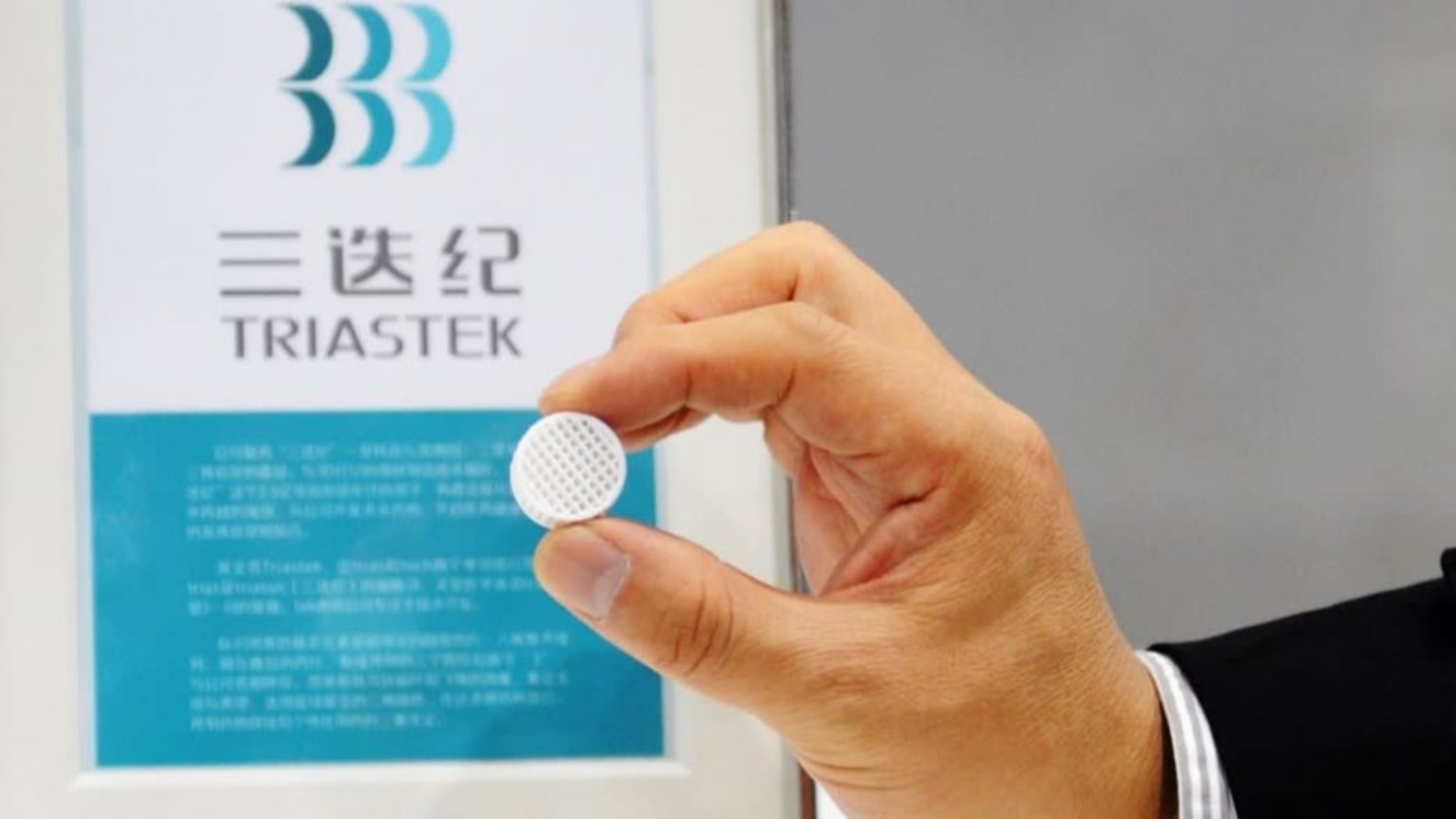Triastek, a Chinese 3D printing pharmaceutical company, has announced that its proprietary 3D printed non-vitamin K antagonist oral anticoagulant (NOAC), T20G, has received Investigational New Drug (IND) clearance from the U.S. Food and Drug Administration (FDA) as of February 27, 2025. This regulatory achievement follows an earlier IND approval from China’s National Medical Products Administration (NMPA) in January 2024.
“With T20G’s IND clearance in both China and the U.S., Triastek has reached a significant milestone in the field of gastric retention drug delivery,” said Dr. Feihuang Deng, VP of Technology at Triastek. “These dual regulatory approvals will help accelerate T20G’s development and enable us to deliver high-quality pharmaceutical solutions to patients worldwide.”

Atrial Fibrillation and Advancements in 3D Printed Drug Delivery
Atrial fibrillation, the most prevalent type of heart arrhythmia, affects approximately 1%–2% of the global population, with an estimated 30 million to 100 million cases worldwide. Anticoagulation therapy plays a vital role in preventing strokes in AF patients. NOACs have become the preferred treatment option due to their superior safety and efficacy over traditional therapies. As a result, major medical organizations like the American Heart Association (AHA), the European Society of Cardiology (ESC), and the Asia-Pacific Heart Rhythm Society (APHRS) recommend NOACs as first-line treatments for stroke prevention in AF patients.
T20G is being developed utilizing an advanced drug delivery system under the U.S. FDA’s 505(b)(2) New Drug Application (NDA) pathway. Triastek holds exclusive global rights for both the intellectual property and commercialization of the T20G.
T20G is developed using Triastek’s Melt Extrusion Deposition with Micro-Injection Molding (MED&MIM) process, incorporating the 3D Microstructure for Gastric Retention (3DμS®-GR) platform to enable once-daily oral dosing. This design differs from the twice-daily regimen of the reference listed drug (RLD) and is intended to improve patient adherence and dosing convenience. During its gastric retention phase, T20G facilitates the sustained release of the active ingredient, aiming to optimize absorption in the upper gastrointestinal tract and enhance oral bioavailability.
MED 3D Printing Technology
Since 2015, Triastek has focused on developing 3D printed solid dosage forms, filing 213 patent applications across 10 countries, with 68 patents granted. Its MED 3D printing technology, combined with 3D microstructure design, provides precise control over drug release characteristics, including delay layer materials, thickness, and composition. This method allows for varied drug release profiles—immediate, sustained, or pulsed—offering flexibility compared to conventional tablet formulation approaches.
Manufacturing on Demand

Innovations in 3D Printed Drug Production
In addition to T20G, Triastek continues to make strides in the 3D printed pharmaceutical drug delivery space. Last year, in collaboration with Eli Lilly, Triastek advanced the development of 3D printed oral drugs for the gastrointestinal tract. This collaboration utilized Triastek’s MED technology to create drug release profiles tailored to specific areas of the digestive system.
Elsewhere, researchers from the Max Planck Institute for Informatics in Saarbrücken, Germany, and the University of California at Davis have developed 3D printed pills capable of releasing drugs at controlled speeds. The team demonstrated how altering the pills’ shapes could control their dissolution rate in the body, opening new possibilities for targeted and controlled drug delivery.
You might also like:
Axtra3D expands dental portfolio with new resins for its high-speed SLA printer: Each of the four new resins is tailored to meet specific clinical needs. NextDent Model Sand is used for orthodontic models and aligners, offering high dimensional stability and reduced post-processing. Pro3dure Splint 19.1 AO/MSI is designed for transparent nightguards and splints requiring durability and clarity. Pro3dure Denture 14.2 is suitable for full and partial removable dentures, optimized for biocompatibility and mechanical strength. Pro3dure Crown & Bridge supports the direct printing of crowns and bridges, combining high wear resistance and lifelike shading. All materials come with pre-configured print parameters for the Lumia X1.
* This article is reprinted from 3D Printing Industry. If you are involved in infringement, please contact us to delete it.
Author: Paloma Duran


Leave A Comment